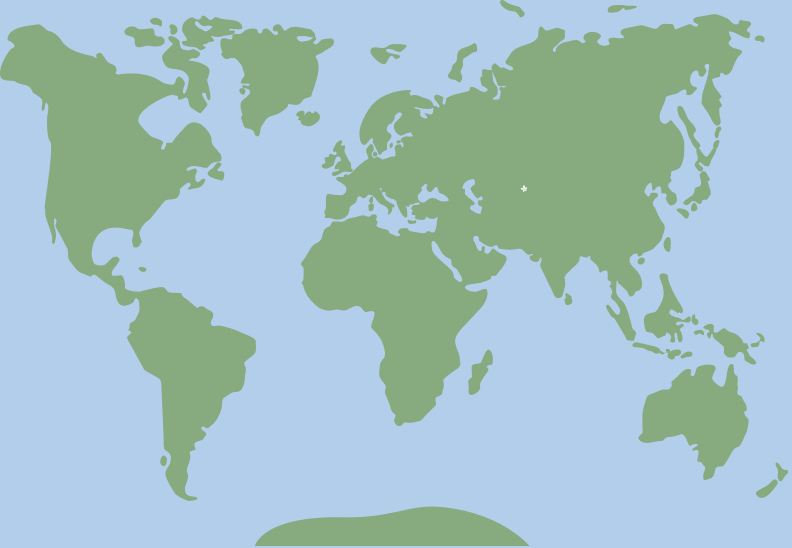Saksun, Faroe Islands
Saksun Private Residence
Small homes like this in Saksun on the Faroe Islands were built with turf roofs to provide protection from the rain and thermal insulation.
Goudier Island, Antarctica | C.1944
Less than two thousand miles from the South Pole, Port Lockroy is a natural harbor on the coast of the Antarctic Peninsula which can be reached twice a day by boat during the summer. The port is part of the Palmer Archipelago—a family of islands home to research and military outposts for Britain and Argentina.
Discovered in 1904 by the first twentieth-century French Antarctic expedition, Port Lockroy was named for the politician who had helped arrange for backing of the voyage. Then, for the majority of the early twentieth century, the harbor was primarily used by whalers willing to endure the severity of the conditions.
During World War II, the British identified the port’s unique strategic placement as a secret out- post, a place from which they could observe enemy U-boat activity in the deep south of the globe. They established a small base, Station A, on tiny Goudier Island as part of a military mission called Operation Tabarin. Station A continued as a research operation until the early 1960s.
As the only remaining outpost of the base, Port Lockroy was fully restored and now serves as a museum and a post office. Scientific research is still performed on the island, such as studies on the effect of tourism on gentoo penguins—half the island is open to humans, while the other half is reserved for penguins.
The Penguin Post Office and souvenir shop is run by a staff of four who process 70,000 pieces of mail sent to over 100 countries from the intrepid travelers who arrive during the five-month Antarctic cruise season. Visitors are also treated to rare souvenir passport stamps. Due to such swag, its global singularity, and the low bar of competition, the Penguin Post Office remains the most visited tourist site on the continent.
 -64.825241, -63.494483
-64.825241, -63.494483
Max file size is 40MB. JPEGs are preferred.
You do not have permission to view this form.Need an account? Sign up
This site is protected by reCAPTCHA and the Google Privacy Policy and Terms of Service apply.
Know more? Share with the community!
Submit Your ImageLogin/Sign Up.